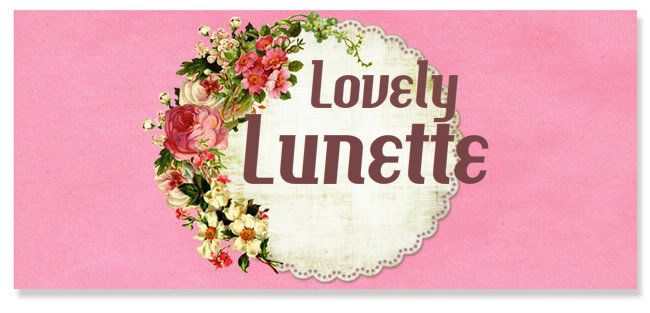History of the Tea Party
When you think of tea and scones you probably think of the British enjoying a cup with a biscuit in the afternoon. Or maybe you think of noble ladies sitting together, gossiping, discussing marriage and social hierarchies. You might be surprised to learn that Britain, considering the culture they have built around tea, wasn't the first country in Europe to popularize the beverage.
Catherine of Braganza was the first tea drinking queen in Britain's history. It is said that she brought a box of tea with her from Portugal when she married Charles II, who grew up in exile in The Hague and was accustomed to drinking tea already. When the monarchy was re-established, the popularity of tea sky rocketed. Whatever royals did was emulated by nobles and on down the social ladder until ale was no longer the national drink.
Catherine of Braganza
Catherine often invited friends into her bedchamber to share her tea. Thus began the practice of women coming together in their own bedchambers or closets for socializing. Coffee houses began selling tea, but women were denied access to these places. Eventually tea gardens were established as a way for ladies and gentlemen to enjoy the outdoors surrounded by entertainers. This practice was especially popular as a way for women to enter mixed company without social criticism.
Tea Garden
By the time of Queen Victoria's reign, one of her ladies-in-waiting, Anna Maria Stanhope, known as The Duchess of Bedford, started having her servants sneak her a tea pot around 4 pm to tide her over until dinner. She started inviting her friends to join her and it turned into an event. Other ladies decided they wanted to host the same kind of gathering and the "low tea" was born.
Outdoor tea party
American establishments adopted the term "high tea" because it sounds lofty and high class, but what we think of a high tea is actually a low tea. The two terms refer to the height of the table used for your tea party. A low tea is usually served in the afternoon with light refreshments such as finger sandwiches and little pastries on a low table. A high tea is served with a heavy meal, like meats, bread, and pickles, in the evening on a high table after a long day of work.
In modern America, we continue the tradition of socializing during low tea, we just have it between noon and three and we call it a high tea because we want to be classy... and probably because the venue can charge more money for your meal.
All three of the above images were taken from antiquetea, based in Perth, Australia. Too bad they aren't local to me, I'd give them so much business.
Thank you for reading the first part of my blog post series, "Planning a Tea Party". Next week, part two will cover types of tea and showcase beautiful images of tea sets.









No comments:
Post a Comment